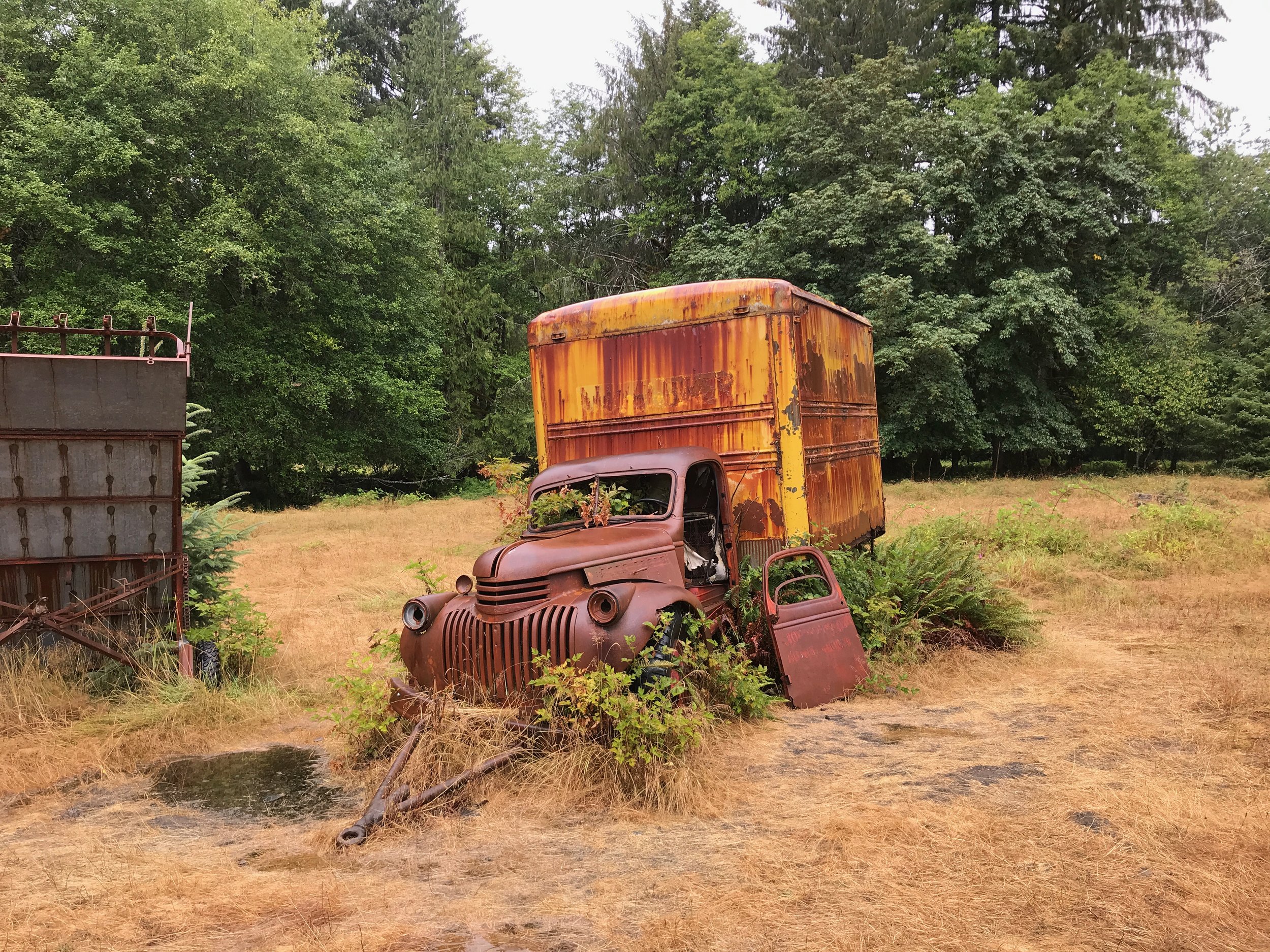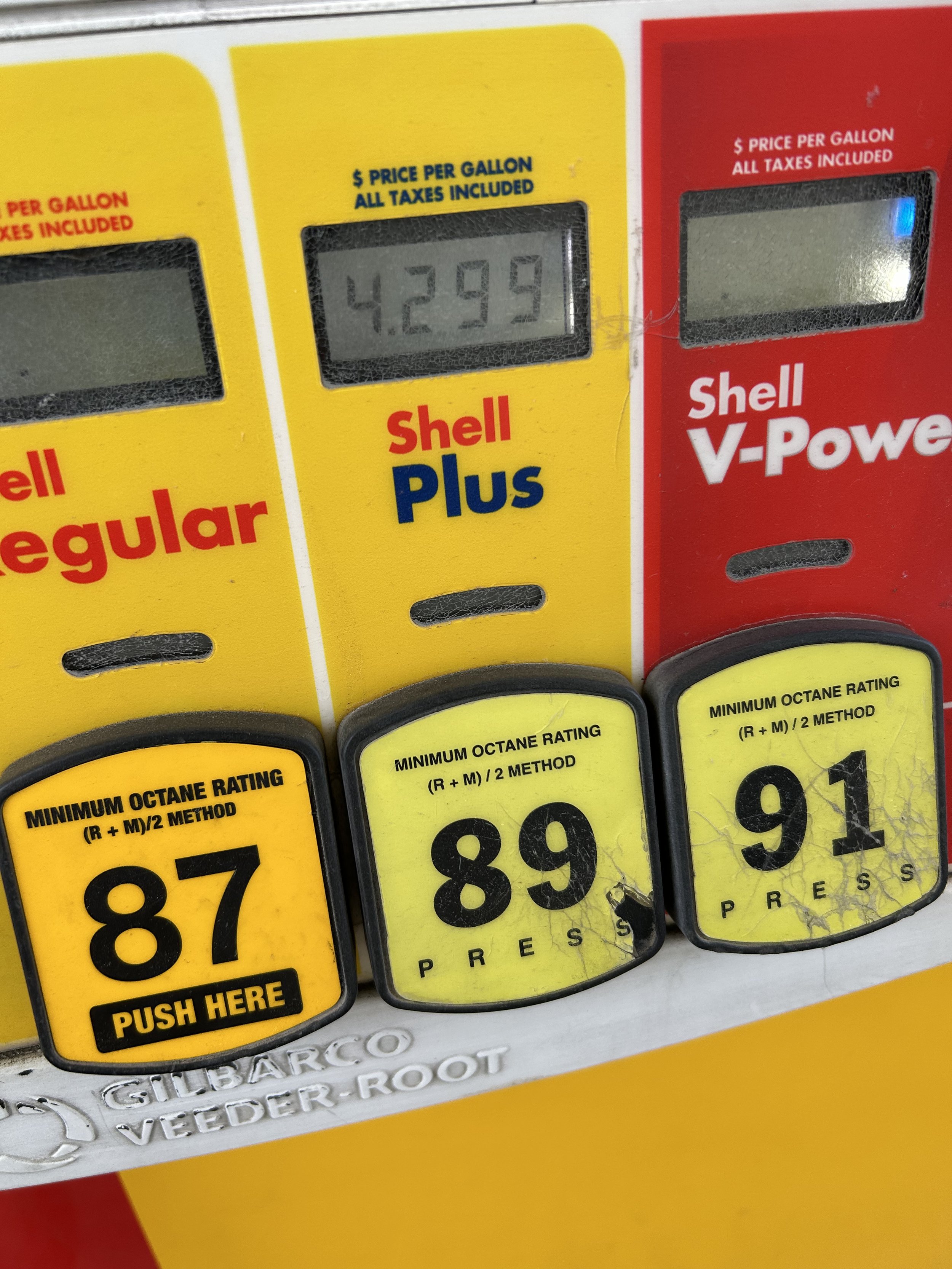Why Your Car Parts Fail
It’s no conspiracy… car parts were always designed to break at the worst possible time

My last visit to the local VW service center got me thinking. Why do car repairs always seem to happen at the worst time?
What I learned is that parts are purposely designed and built to fail, this is what I realized after forking over the money for my repair work.
It doesn’t matter what car we are talking about either. According to the guy behind the counter at the dealership it’s called Planned Obsolescence, and it’s a real thing. I decided to do some further research on it when I got home.
It’s not just automotive products either, I learned—all sorts of consumer products are artificially designed to fail within a pre-determined amount of time. It’s why our landfills are crammed with coffee makers, toasters, and washing machines.
Planned Obsolescence in the automotive industry isn’t new. It dates back to the 1920’s, according to the experts. It proved to be an easy way to upsell consumers whenever a new model (generation) vehicle was being introduced. Consumers could purchase the newer model, or upgrade their older cars with newly re-designed parts. Make consumers buy more stuff was allegedly the rallying cry. Make old car parts obsolete, forcing consumers to make a change.
One can’t place blame solely on the automotive industry. Advancing technology across all markets is said to be partly responsible for Planned Obsolescence, further research showed. Remember, Apple and its iPhone battery throttle back scandal? That’s an example of planning obsolescence, according to critics.
As consumers demand technology, like Bluetooth for example, manufacturers see Planned Obsolescence engineering as a way to time the event. Bluetooth may be popular in 2022, but in 2028 a new technology will emerge to replace it.
You start to see why car parts are built to fail before the life expectancy of the vehicle. Often they fail shortly after the warranty expires. That is not a coincidence either, or a conspiracy theory. If there wasn’t demand and need for better technology there wouldn’t be such a thing as Planned Obsolescence, say the experts.
You’d think a new technology would replace a car part with a more robust (hopefully) and better designed component. That might be the intent. But that apparently is not what happens.
Our need to have the latest, greatest car part (or the higher end model vehicle) is what drives Planned Obsolescence. Looking at the future EV could even be worse unless the people who invent automotive components carefully outline how we will deal with recycling of Lithium, instead of simply making more stuff for us to consume. I love the concept of EV but I definitely have many well intended concerns about the execution of what we end up with at the dealership.

Subject Matter Experts. Specializing in content for automotive and outdoor projects.






























